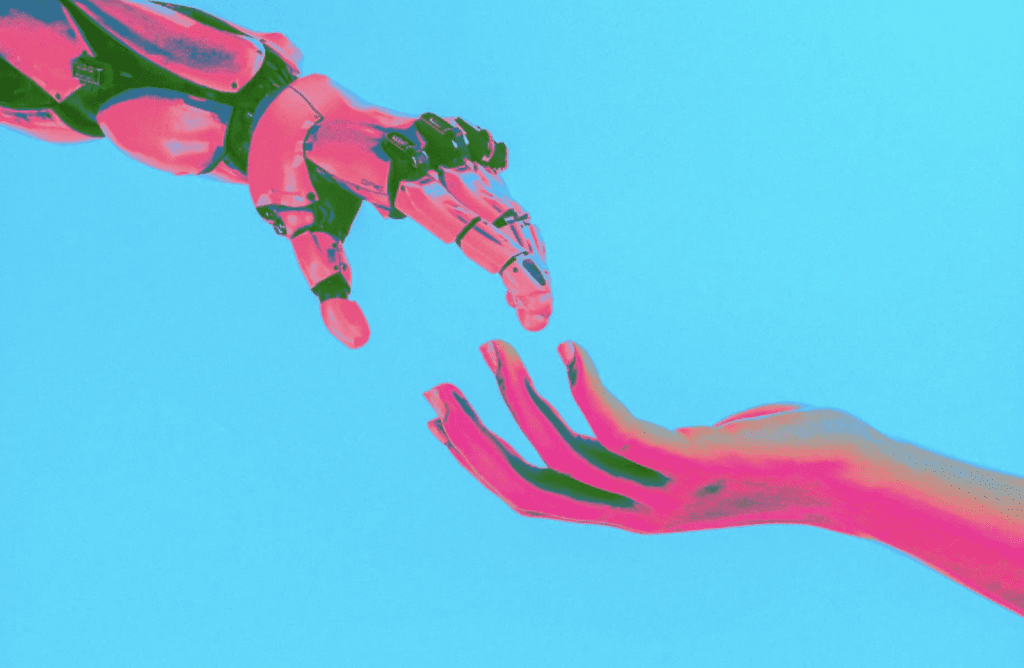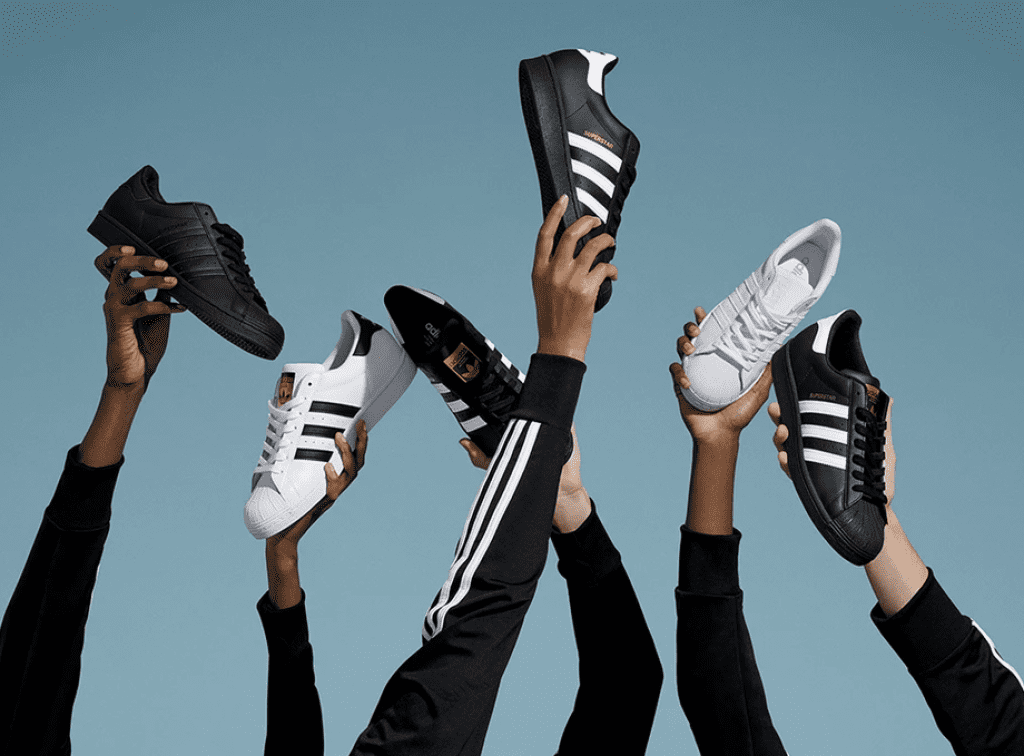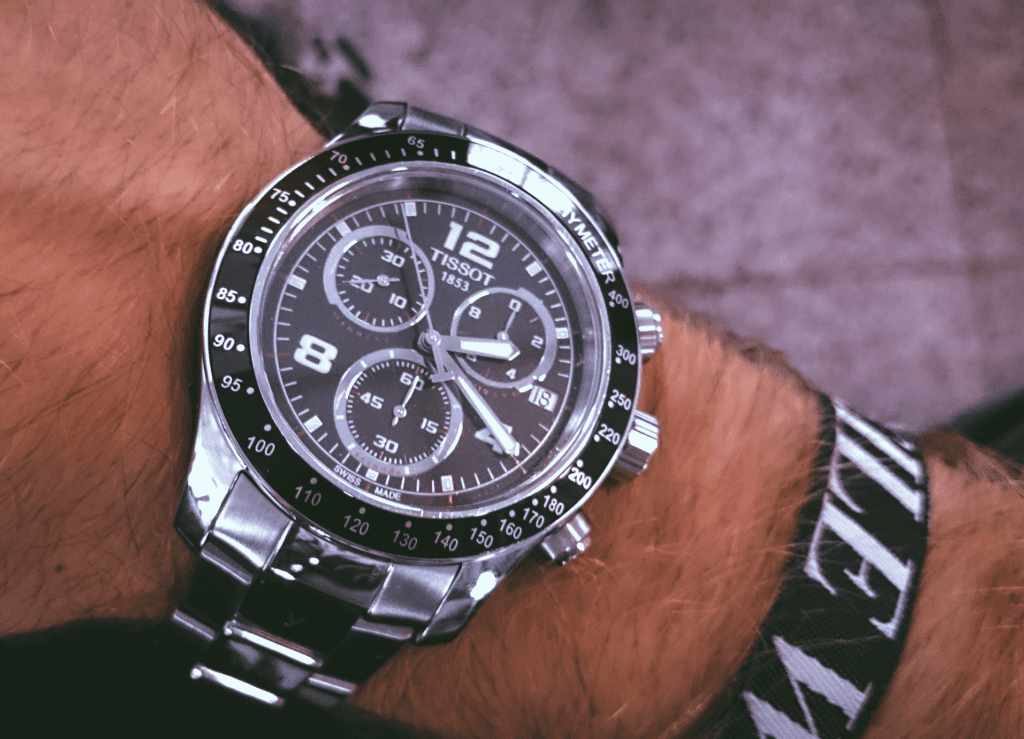The U.S. Patent and Trademark Office (“USPTO”) has issued its latest guidance in the topic of artificial intelligence (“AI”). Published in the Federal Register on Tuesday, the “inventorship guidance for inventions assisted by AI” sees the USPTO aim to “provide clarity … on how [it] will analyze inventorship issues as AI systems, including generative AI, play a greater role in the innovation process.” At a high level, the USPTO states that the new guidance explains that “while AI-assisted inventions are not categorically unpatentable, the inventorship analysis should focus on human contributions,” and that patent protection “may be sought for inventions for which a natural person provided a significant contribution to the invention,” with the guidance providing procedures for making such determinations.
Delving into the bulk of its guidance, the USPTO highlights a few of key points when it comes to the “natural person” requirement for inventorship, the patentability of AI-assisted inventions, and the naming of inventors in furtherance of patent applications for AI-assisted inventions …
> Inventors and Joint Inventors Named on U.S. Patents and Patent Applications Must Be Natural Persons – Citing a pair of decisions, in which it denied petitions to name the Device for the Autonomous Bootstrapping of Unified Sentience (“DABUS”), an AI system, as an inventor on two patent applications, the USPTO states that “under current U.S. patent laws, inventorship is limited to a natural person(s).” It notes that its decisions were upheld by the Federal Circuit, which affirmed in Thaler v. Vidal (Thaler) the holding “that only a can be an inventor, so AI cannot be.”
Specifically, the Federal Circuit stated that 35 U.S.C. 100(f) defines an inventor as “the individual or, if a joint invention, the individuals collectively who invented or discovered the subject matter of the invention.” The court also found that based on Supreme Court precedent, the word “individual,” when used in statutes, ordinarily means a human being, and that “there is nothing in the Patent Act to indicate Congress intended a different meaning, and the Patent Act includes other language to support the conclusion that an ‘individual’ in the Patent Act refers to a natural person.”
The USPTO asserts that “based on the holding in Thaler that an ‘individual’ must mean a natural person, it is clear that a ‘joint inventor’ or ‘coinventor’ must also be a natural person.”
As such, “patent applications that name a machine on an application data sheet (37 CFR 1.76), an inventor’s oath or declaration (37 CFR 1.63), or a substitute statement (37 CFR 1.64) as either an inventor or joint inventor will be considered by the USPTO to have improper inventorship.”
At the same time, the USPTO recognizes that “while an AI system may not be named an inventor or joint inventor in a patent or patent application, an AI system—like other tools—may perform acts that, if performed by a human, could constitute inventorship under our laws.” Against that background, it asserts that the Thaler decisions around “inventorship” are “not a recognition of any limits on the current or future state of AI, but rather are an acknowledgment that the statutory language clearly limits inventorship on U.S. patents and patent applications to natural persons.”
> AI-assisted Inventions Are Not Categorically Unpatentable for Improper Inventorship – In terms of AI-assisted inventions by a natural person, patent applications and patents for AI-assisted inventions “must name the natural person(s) who significantly contributed to the invention as the inventor or joint inventors,” according to the USPTO. Additionally, it states that “applications and patents must not list any entity that is not a natural person as an inventor or joint inventor, even if an AI system may have been instrumental in the creation of the claimed invention.”
> Naming Inventors for AI-assisted Inventions – The patent statutes require the naming of all inventors who contributed to at least one claim of a patent, with the threshold question in determining the named inventor(s) being “who contributed to the conception of the invention.” In the context of AI-assisted inventions, the USPTO asserts that “natural person(s) who create an invention using an AI system, or any other advanced system, must contribute significantly to the invention,” as specified by the factors in Pannu v. Iolab Corp.“Although the Pannu factors are generally applied to two or more people who create an invention (i.e., joint inventors),” the USPTO says that “it follows that a single person who uses an AI system to create an invention is also required to make a significant contribution to the invention … to be considered a proper inventor.”
In other words, a natural person “must have significantly contributed to each claim in a patent application or patent,” and in the event of a single person using an AI system to create an invention, “that single person must make a significant contribution to every claim in the patent or patent application.”
A tip: “Given the increasing use of AI systems in the invention creation process, applicants should take extra care in ensuring each named inventor in a patent application or patent provided a significant contribution to a claimed invention as described by the Pannu factors.”
The USPTO notes that “determining whether a natural person’s contribution in AI-assisted inventions is significant may be difficult to ascertain, and there is no bright-line test,” and with that in mind, it provides the following non-exhaustive list of principles that can help inform the application of the Pannu factors in AI-assisted inventions …
(1) A natural person’s use of an AI system in creating an AI-assisted invention does not negate the person’s contributions as an inventor. The natural person can be listed as the inventor or joint inventor if the natural person contributes significantly to the AI-assisted invention.
(2) Merely recognizing a problem or having a general goal or research plan to pursue does not rise to the level of conception. A natural person who only presents a problem to an AI system may not be a proper inventor or joint inventor of an invention identified from the output of the AI system. However, a significant contribution could be shown by the way the person constructs the prompt in view of a specific problem to elicit a particular solution from the AI system.
(3) Reducing an invention to practice alone is not a significant contribution that rises to the level of inventorship.Therefore, a natural person who merely recognizes and appreciates the output of an AI system as an invention, particularly when the properties and utility of the output are apparent to those of ordinary skill, is not necessarily an inventor. However, a person who takes the output of an AI system and makes a significant contribution to the output to create an invention may be a proper inventor. Alternatively, in certain situations, a person who conducts a successful experiment using the AI system’s output could demonstrate that the person provided a significant contribution to the invention even if that person is unable to establish conception until the invention has been reduced to practice.
(4) A natural person who develops an essential building block from which the claimed invention is derived may be considered to have provided a significant contribution to the conception of the claimed invention even though the person was not present for or a participant in each activity that led to the conception of the claimed invention. In some situations, the natural person(s) who designs, builds, or trains an AI system in view of a specific problem to elicit a particular solution could be an inventor, where the designing, building, or training of the AI system is a significant contribution to the invention created with the AI system.
(5) Maintaining “intellectual domination” over an AI system does not, on its own, make a person an inventor of any inventions created through the use of the AI system. Therefore, a person simply owning or overseeing an AI system that is used in the creation of an invention, without providing a significant contribution to the conception of the invention, does not make that person an inventor.











